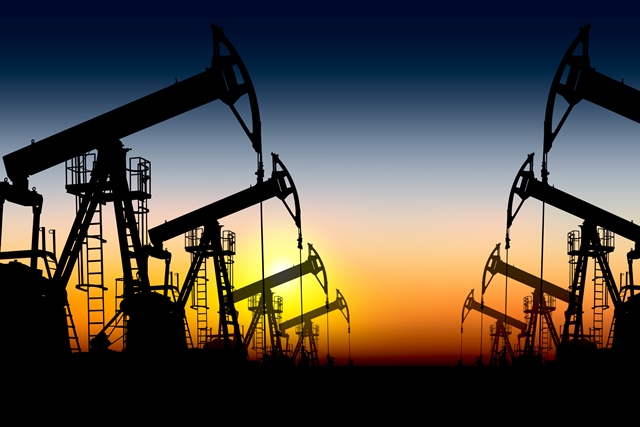Financially strapped oil producers are spending billions to boost production before it’s clear that recent crude price gains brought on by OPEC output cuts can be sustained.
Five of the largest publicly traded oil companies – BP, Chevron, Exxon Mobil, Royal Dutch Shell, and Total – are trying to work down debts that totaled $297 billion at the end of December. That nearly doubled the companies’ 2012 debt levels.
However, even with oil prices about 70 percent higher than a year ago, most companies have yet to reach the point where their cash flow covers annual shareholder payouts and expansion projects vital to the industry’s long-term survival.
Add other expenses, such as the interest on debt, and the break-even point is pushed out until at least 2020, industry analysts from Citigroup estimated.
The industry is betting that prices will maintain a delicate balance – high enough to repair balance sheets and finance new projects, but not so high that it creates a new glut.
If crude maintains a price in the mid-$50s per barrel, the biggest oil producers could see their cash flows increase by 71 percent on average over 2016, according to Citigroup.
U.S. shale producers in March are forecast to pump 79,000 barrels a day (bpd) more than in February, when shale contributed about 4.75 million bpd to U.S. output, according to the U.S. Energy Information Agency, reversing production declines last year.
Most majors are planning strong production growth until at least 2021, a Reuters analysis of the latest investor presentation and corporate plans showed.
The firms – Royal Dutch Shell, Exxon Mobil, Chevron, BP, Total, Statoil and Eni – plan to grow output by a combined 15 percent in the next five years.
Chevron Corp, which expects positive cash flow this year, says it could generate an additional $3.5 billion selling its oil at $55 a barrel, a figure predicted to be 2017’s average price in a Reuters poll of analysts and economists.
Exxon Mobil Corp and BP have signaled they will spend more on expansion projects this year than in 2016, a sign of optimism about stronger pricing, Reuters reports.
Higher production could deliver fresh money that can be used to hire workers, reduce debt or boost shareholder payouts.














